Description
Rogawski engages students while reinforcing the relevance of calculus to their lives and future studies. Precise mathematics, vivid examples, colorful graphics, intuitive explanations, and extraordinary problem sets all work together to help students grasp a deeper understanding of calculus.
Now Rogawski’s Calculus success continues in a meticulously updated new edition. Revised in response to user feedback and classroom experiences, the new edition provides an even smoother teaching and learning experience.
View more
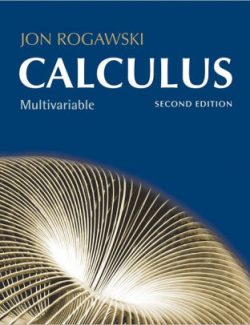
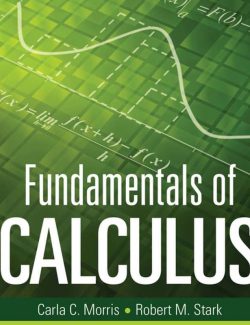
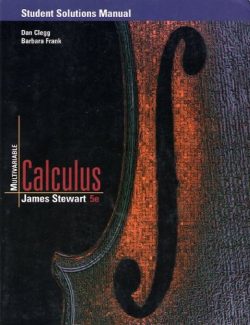

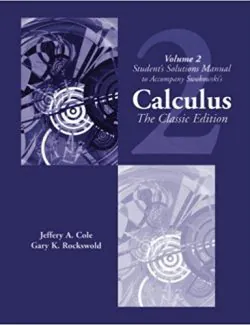



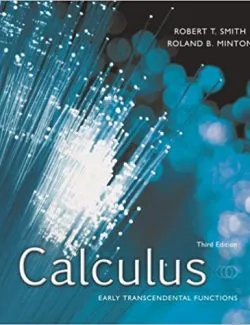



Leave us a comment
No Comments